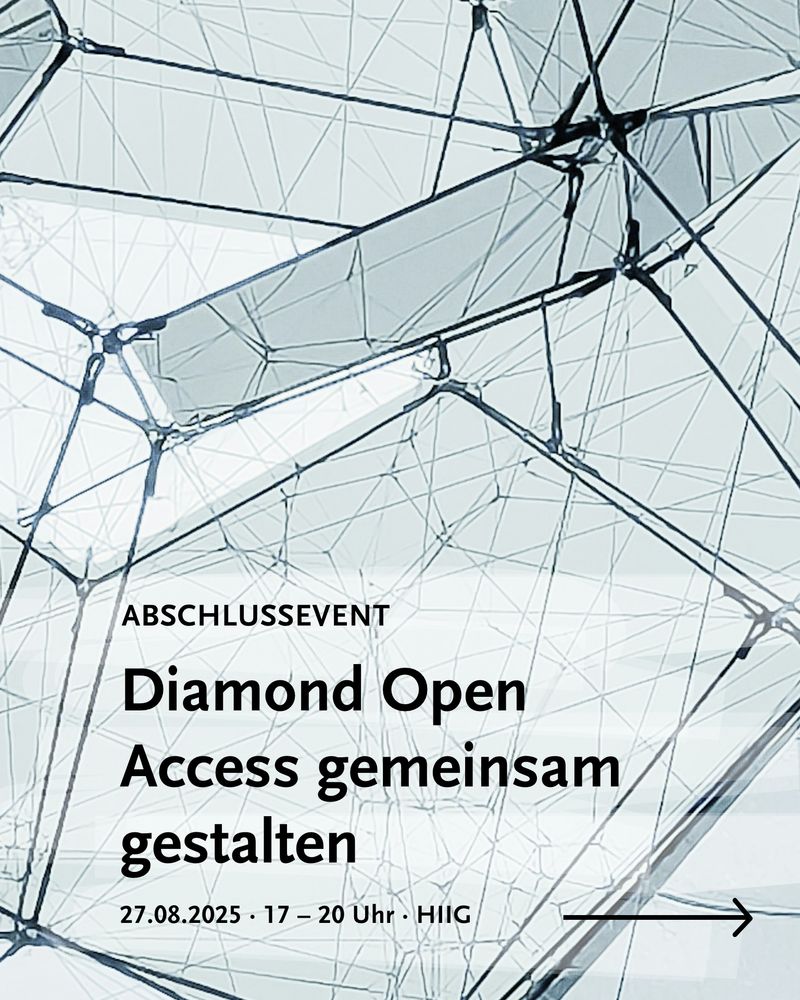Jan Haaker
@janhaaker.bsky.social
450 followers
450 following
78 posts
Social learning
Neuropharmacology
@Isnlab.bsky.social
Alumnus @jungeakademie.bsky.social
Posts
Media
Videos
Starter Packs
Reposted by Jan Haaker
Reposted by Jan Haaker
Andreas Olsson
@emotionlabki.bsky.social
· Aug 25

Postdoctoral Researcher in affective learning and decision-making
Do you want to contribute to better health for everyone? Our research group, led by Andreas Olsson at Karolinska Institutet in Stockholm, is seeking a qualified and motivated postdoctoral researcher.
ki.varbi.com
Reposted by Jan Haaker
Reposted by Jan Haaker
Reposted by Jan Haaker
Reposted by Jan Haaker
Reposted by Jan Haaker
Reposted by Jan Haaker
Reposted by Jan Haaker
Reposted by Jan Haaker
Reposted by Jan Haaker
Reposted by Jan Haaker
Reposted by Jan Haaker
Reposted by Jan Haaker





















